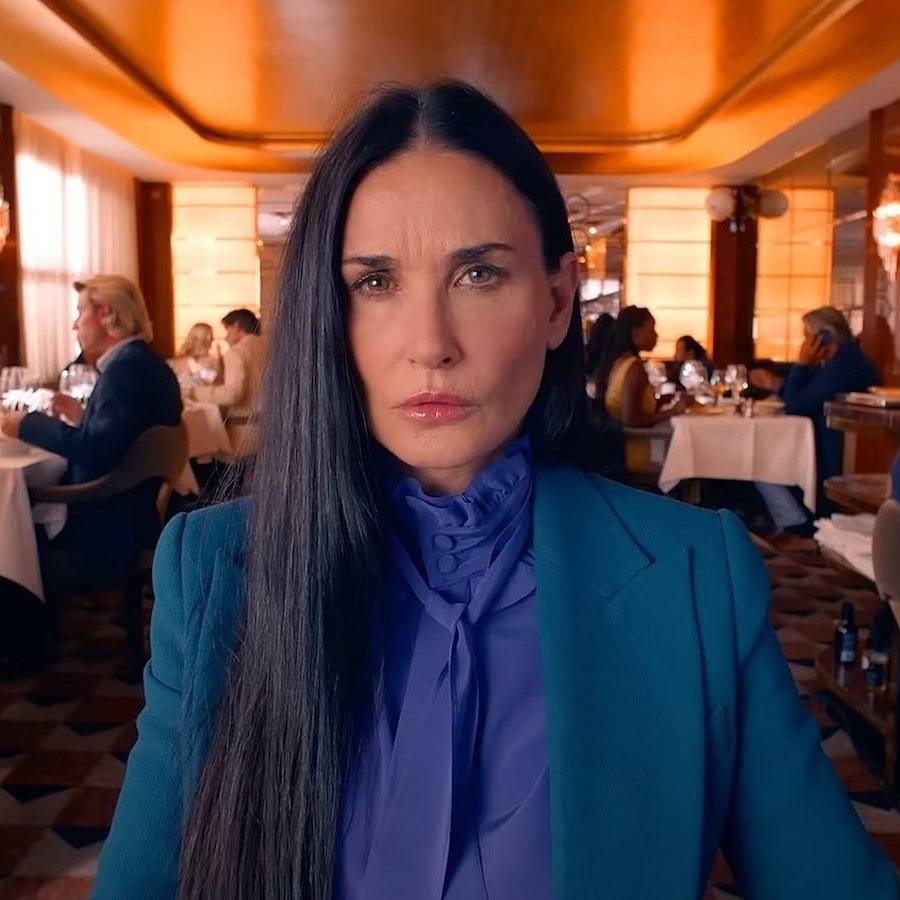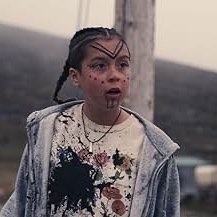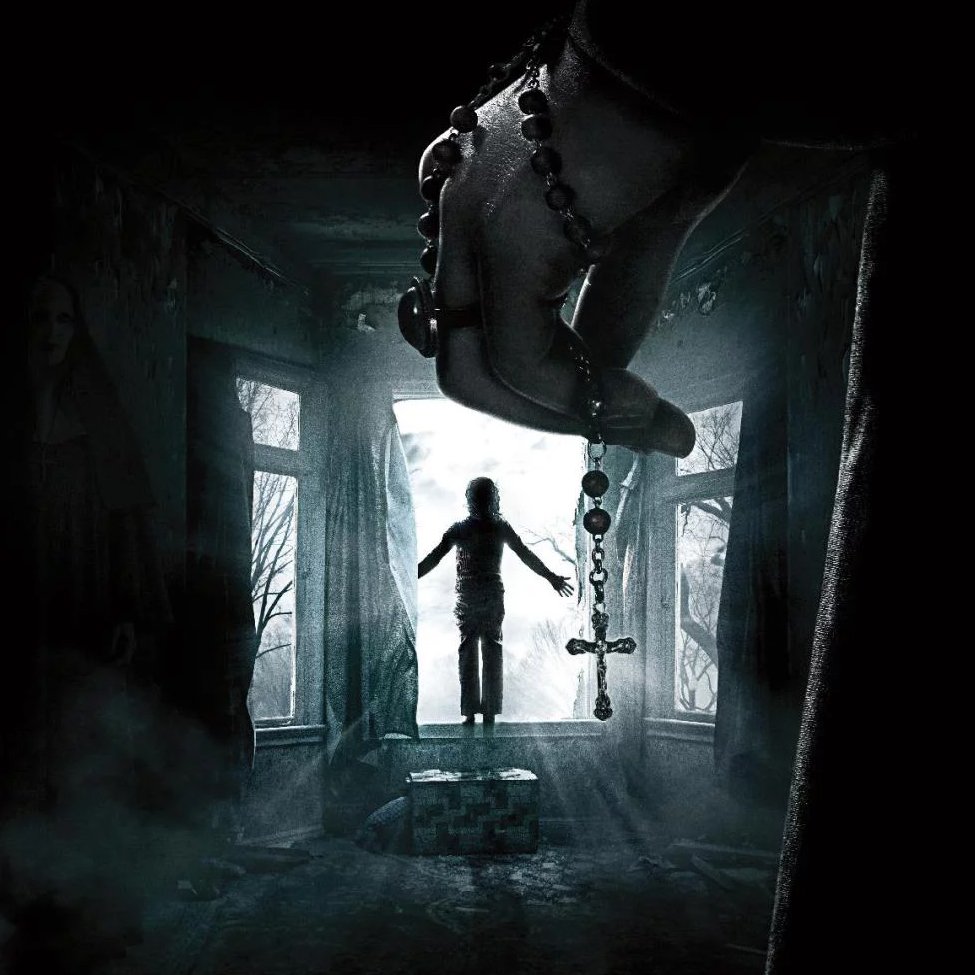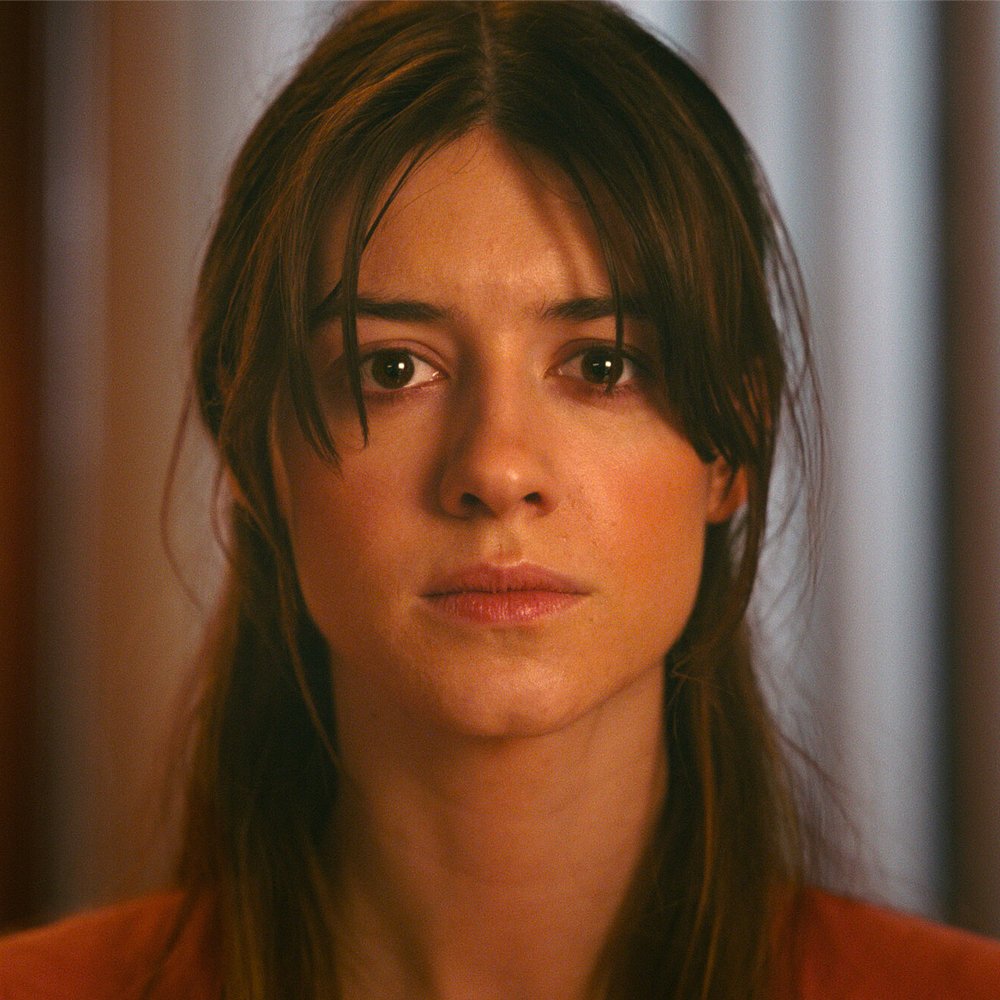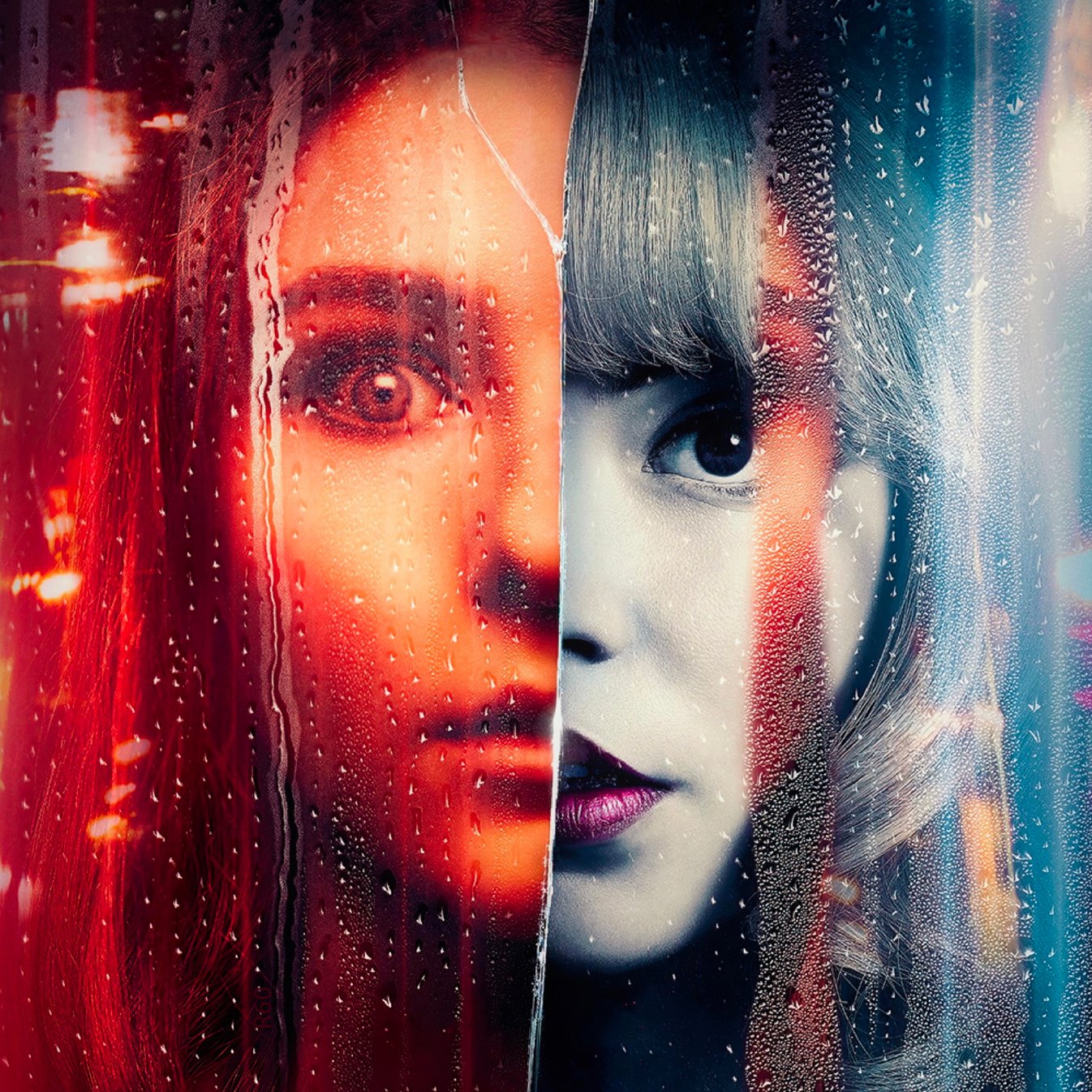Romero's Dead Trilogy
Night of the Living Dead may have started as a low-budget horror film written, directed, and produced by a group of friends trying to make a quick buck, but nearly 50 years after its 1968 release, after it has spawned numerous official and unofficial sequels and has been selected by the Library of Congress for inclusion in the National Film Registry, it remains one of the most beloved horror movies of all time. The films of George Romero’s original zombie trilogy – Night of the Living Dead (1968), Dawn of the Dead (1978), and Day of the Dead (1985) – are among the most essential horror films of all time. Their social commentary, styles, and influence still resonate today.
On the surface, the three films are essentially the same: a group of people trapped in some location must overcome their differences in order to survive the relentless onslaught of the undead trying to feast on their flesh. Scratch just below the surface, however, and these three movies could not be more different. Romero made a conscious effort not to get comfortable with the successful formula of his original film and go for something different with each of the following installments. Those distinctions place the films very clearly in three different decades, but while the styles may change, there are plenty of similarities that tie the trilogy together.
Night can be considered the first modern zombie movie. Before 1968, zombies in film drew on the Haitian voodoo tradition of zombies – undead beings under the control of a sorcerer. Romero drew from these films and traditions, as well as from Richard Matheson’s 1954 novel I Am Legend. Wanting to avoid being tied to previous zombie traditions, Romero called his creatures “ghouls,” though eventually they would become the blueprint for zombies in the future. This break from tradition gives the film a certain raw feeling. The behavior of Romero’s ghouls changes from scene to scene, as if the movie is arguing with itself about how they act, just as the scientists and reporters argue about what caused these ghouls to come into being.
The film tells a simple story. After being attacked by one of the ghouls, Barbara makes her way to an isolated farm house. There she meets and teams up with Ben, and later Harry, Helen Cooper, their daughter Karen, and a young couple, Tom and Judy. Trapped inside the house, the group argues over the best strategy for survival as they fend off the hordes of ghouls outside. The cinematography – black and white, shadows cast on most of the set – is reminiscent of very early horror, as well as the more contemporaneous noir films (Romero himself has cited Orson Welles’ Othello as a visual influence). The sound design is mostly meant to draw the viewer into the setting: the sound of crickets outside or the house squeaking is almost constant, while radio or TV reports about the events often play against the background of the conversations the characters are having. These stylistic touches make the film feel like a newsreel very much in the mold of the Vietnam era news bulletins; the war is brought to rural Pennsylvania through Romero’s filmmaking.
Keeping with the attitude of the late 60s, the group is plagued by distrust. As power shifts between Ben and Harry, it is unclear whether the group will destroy itself before the ghouls get a chance to do it themselves. The relations are further complicated by the fact that Ben is played by an African-American actor, Duane Jones. Harry would rather ensure their death than let Ben make the plans. In a powerful scene between Helen and Harry, it is unclear whether they are arguing about their marriage or something more significant. “We may not enjoy living together, but dying together isn’t going to solve anything. Those people aren’t our enemies,” Helen says to a furious Harry. Further, the final scene, in which a gang of white men and attack dogs - meant to be the heroes ridding the town of ghouls – arrive, and shoot Ben in the head, feels incredibly timely for 1968. While Romero claims that the part was written for a white man, and Jones was cast because he was the best actor they had seen, the film resonates on a completely different level because a black actor is in that role.
Night received mixed reviews upon its release, though it did find solid footing at midnight screenings through the early 1970s. It would be ten years before Romero returned to his newly created world of the living dead. In those ten years, his style and his preoccupations would change drastically.
Dawn of the Dead opens with a shot of a woman with her head up against a red wall. The color is almost shocking when going from the black and white Night to this vibrant red. It is clear from the start that this is an entirely different film. That woman, Francine, and her boyfriend, Stephen, work for a Philadelphia news network, which has devolved into complete disarray following the outbreak., The film introduces Stephen’s friend, Roger, and a member of his SWAT team, Peter, through a shootout at a housing project where residents refuse to dispose the dead bodies that are turning into zombies. There are more shots fired in the first ten minutes of Dawn than in all of Night. Together, the group steals a network helicopter in order to escape the city and flies the helicopter to western Pennsylvania, where they come across an abandoned mall. They are able to rid the mall of the zombies inside and fortify the doors to prevent any more from getting in. The group sets up camp inside the mall, where they can seemingly survive for a long time with the resources from different stores.
The scale of Dawn is much larger than the scale of Night. The distance travelled by the characters in Night was set by how far they could run; now, the characters can fly across the state of Pennsylvania, explore an entire mall. This increase in scale fits in perfectly with what Romero seems to be commenting on in this film. The zombie outbreak seems to mirror a growing consumerism that Romero saw spreading across the country, and what better place to represent this than a mall. Several times, the group goes on a shopping spree, raiding the stores for everything they have, eating to excess, stockpiling cash at a time when it is surely valueless. Later in the film, a biker gang who noticed the group on the roof of the mall, break through the fortification in order to get their hands on everything inside the mall. Their greed allows the zombies to get in and leads to all their deaths, but they could not resist the material goods in the mall. The zombies, acting on instinct alone, do everything they can to get into the mall. When they eventually get in, they mindlessly wander from store to store, brainwashed consumers with a desire to shop even after death.
With the change of theme also comes a change in style. Dawn is filled with humor that was almost entirely absent from Night. There are some scenes that are played for full-on comedy, especially as a Goblin soundtrack, complemented by cartoonish circus music, underscores the absurdity of it. Before being eaten alive by zombies, the biker gang is almost entirely comic, with slapstick gags and ridiculous anarchistic behavior: smashing pies in the zombies’ faces and spraying them with seltzer water. Even more serious scenes are undercut with humor. Finally escaping the mall as the last two survivors, Peter asks Franny how much fuel they have. When she tells him there isn’t much, he responds with a deadpan, “alright,” and the film ends. While the ending is already less bleak than the ending of Night, this humor makes it seems even less so.
After the release of Dawn, zombie movies exploded. Several unofficial sequels were released, as well as many other unrelated zombie films. Romero returned in 1985 with his third installment, Day of the Dead. While his stylistic jump from Night to Dawn was enormous, Day lands somewhere in the middle of the two. The humor is completely gone once again, but the color, amazingly gory effects, and synth score definitively identify it as an 80’s horror movie. While Day lacks in a lot of the charm and impressive filmmaking present in the first two films, it is certainly Romero’s most unleashed film thematically.
Deep underground, a group of soldiers and scientists are stationed in order to perform experiments on captured zombies, in the hope of discovering a way to stop the outbreak. Captain Rhodes, the military commander, and Dr. Logan, the lead scientist, clash again and again. The striking thing about the characters in Dawn is that outside the main character, Sarah, none of them are particularly sympathetic. The soldiers are painted as power-hungry, misogynistic, dangerous loose cannons. Logan doesn’t do much to help the situation, experimenting on dead soldiers’ bodies and feeding their flesh to a zombie, Bub, who he is attempting to train to behave. Until the final scene when they flood the underground bunker, the zombies are almost an afterthought. The real horror is that at any moment the characters could kill another. Day heightens the interpersonal tension of the previous two films to even higher levels
Romero solidifies in Day what is the overarching struggle in all three films: in these high-tension situations, it is the other humans who are most dangerous. The zombies bring out the worst in humanity; Romero highlights the mistrust, racial tension, greed, consumerism, sexism, and militarism that affects society and seems to bubble up at different times. Made at different times and in different settings, , Romero’s trilogy underscores the many pitfalls in human relations. If people cannot simply get along, how can they possibly survive this zombie outbreak, or even thrive in a world without a zombie outbreak? The characters in Romero’s films are incapable of working together: in Night, Harry would rather everyone die than give up his power for the group; in Dawn, the greed of the bikers ultimately leads to their own deaths; in Day, it is the emphasis on military might over scientific reasoning that dooms the group. Romero presents groups of characters who need to put aside their ideologies in order to survive - and they cannot. As one character in Day puts it (slightly on the nose), “That’s the trouble with the world, Sarah darlin’. People got different ideas concernin’ what they want out of life.”




